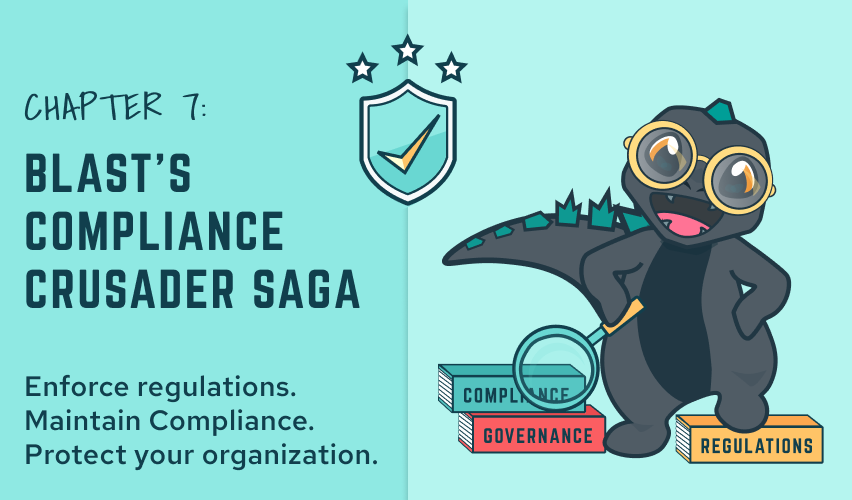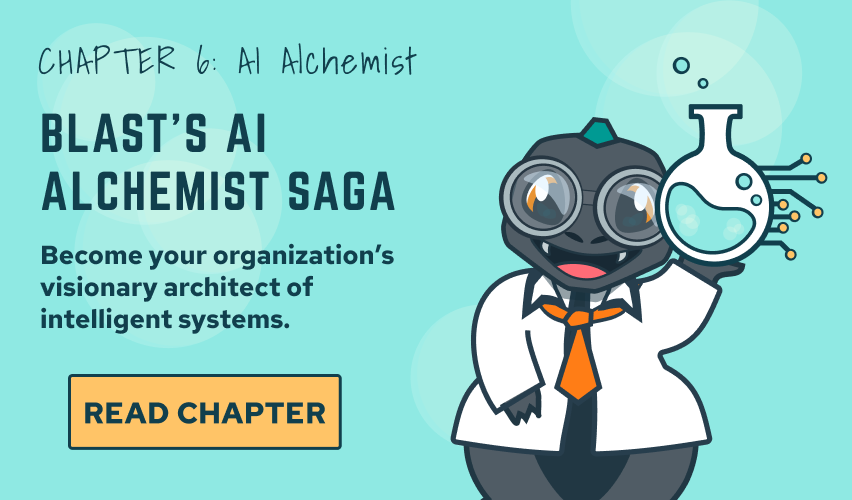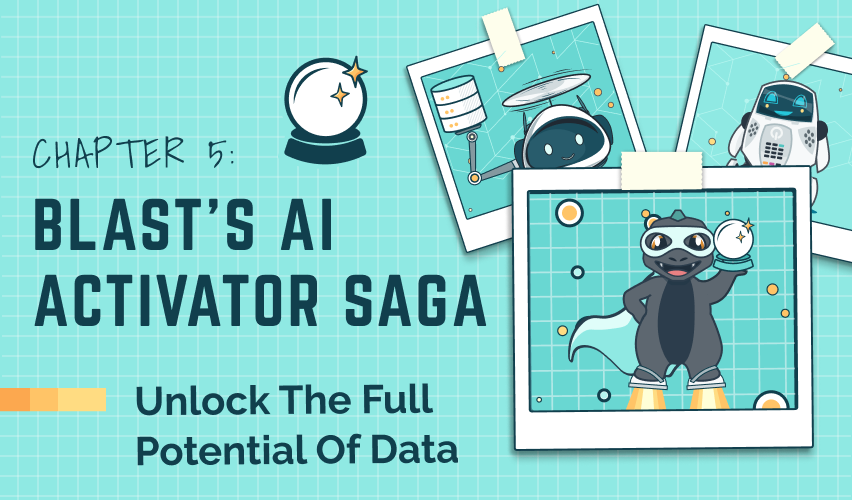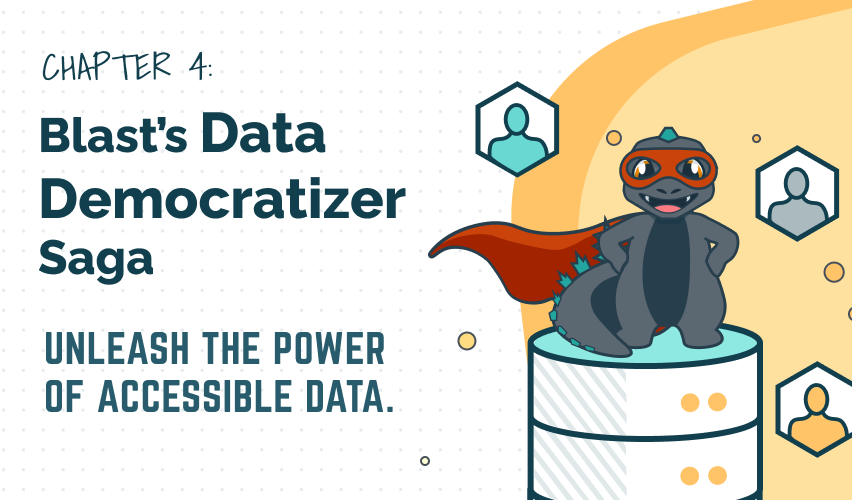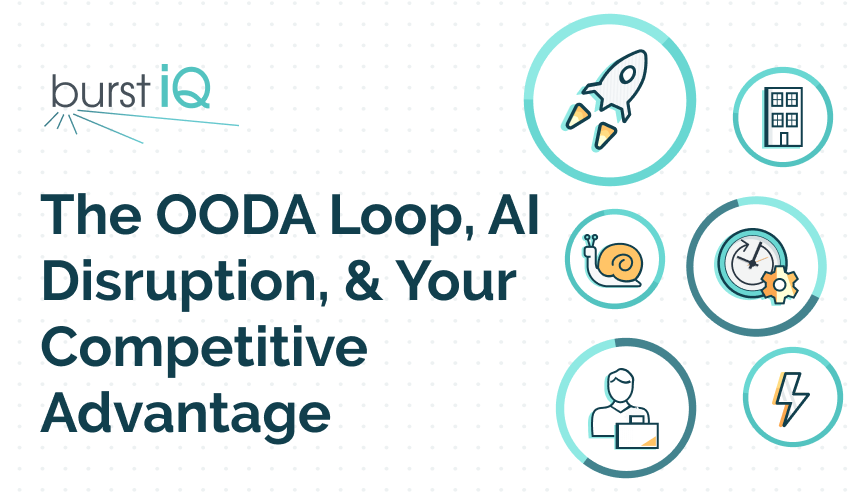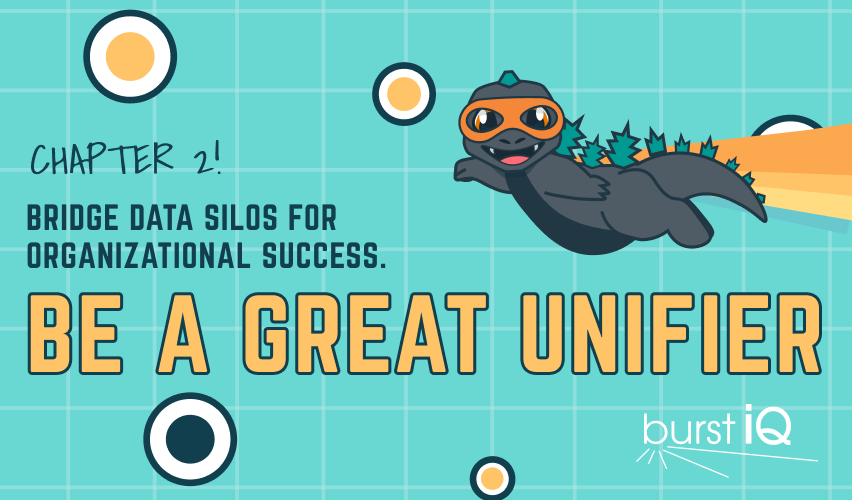
How a Web3 Data Fabric Can Help You Leapfrog the Market
– Frank Ricotta, CEO, BurstIQ
Transform Your Data Management Capabilities
In the era of Web3, data is a critical asset for businesses and individuals alike. Traditional data management approaches are no longer sufficient to meet the demands of this evolving landscape. But how can organizations ensure they have access to the right data, precisely when it’s needed, and in the optimal format?
Enter the concept of a Web3 data fabric, a decentralized and interconnected framework that brings numerous advantages to data management.
What is a Data Fabric?
A data fabric is a unified and flexible architecture that enables seamless data integration, sharing, and access across different platforms and environments. It acts as a distributed and decentralized network that connects various data sources, applications, and users, allowing them to interact with data coherently and securely.
Gartner defines it this way, “A data fabric is an emerging data management and data integration design concept for attaining flexible, reusable, and augmented data integration pipelines, services, and semantics in support of various operational and analytics use cases delivered across multiple deployment and orchestration platforms.” 1
Data fabrics support a combination of different data integration styles and utilize active metadata, knowledge graphs, semantics, and machine learning (ML) to augment (and in some cases completely automate) various data integration design and delivery tasks.
The key characteristic of a data fabric is its ability to create a unified view of data, regardless of its location or format.
How Does a Web3 Data Fabric Work?
Blockchain and decentralized technologies inherent to Web3 ensure trust, privacy, and interoperability. These technologies leverage protocols like decentralized identifiers (DIDs), verifiable credentials, and consensus algorithms to ensure data integrity and secure access. Web3 data fabrics establish transparent and auditable transactions using smart contracts and cryptographic mechanisms. Participants gain control over how their data is used and can even monetize it—all while maintaining their privacy. With all these privacy and security features, data ecosystems can securely extend to include partners and customers to help accelerate growth and forge stronger customer relationships.
Functional Advantages of a Web3 Data Fabric
While these technologies are still relatively new, we are fast approaching a convergence of technologies and government regulations that demand we consider data fabrics – and Web3 data fabrics in particular – an essential data management solution. Some of the key functional benefits of adopting a Web3 data fabric include:
Business Benefits of a Web3 Data Fabric
There are also several business benefits to adopting a Web3 data fabric.
Existing Data Fabrics Versus Web3 Fabrics
As the world moves towards Web3, traditional data fabrics will face a myriad of challenges, including:
The Future of Web3 Data Fabrics
The future of Web3 data fabrics is promising. As blockchain and decentralized technologies continue to mature, we can expect advancements in scalability, interoperability, and usability.
The integration of AI and ML will further enhance data processing and analytic capabilities. Additionally, the emergence of decentralized autonomous organizations (DAOs) and self-sovereign identities (SSI) will reshape the landscape, paving the way for transparent and equitable data governance models.
Web3 data fabrics represent a paradigm shift in data management, empowering individuals and businesses with greater control, security, and interoperability. The advantages of adopting a Web3 data fabric, including data sovereignty, enhanced security, and monetization opportunities, make it a compelling solution for addressing the unique data challenges of the Web3 era.
About LifeGraph:
BurstIQ’s LifeGraph is an advanced data management platform that harnesses the power of Web3 technologies to connect and derive meaningful insights from any data source. LifeGraph gives individuals ownership of their data in a way that respects their right to privacy and enables safe data sharing. The ecosystem securely connects your enterprise, partners, and customers, empowering you to tackle present challenges and accelerate long-term transformational strategies.
To learn more about LifeGraph, please call 888.355.7345 or email [email protected].
About BurstIQ:
BurstIQ’s LifeGraph is an advanced data management platform that enables secure, transparent, and efficient data management for businesses across various industries. By harnessing the power of blockchain technology, BurstIQ empowers organizations to quickly integrate data from any source so they can create a trustworthy business ecosystem. The platform applies knowledge graphs to make data more accessible and to deliver insights that optimize processes, reduce risk, and personalize customer solutions across their ecosystems. With a strong focus on innovation and customer-centricity, BurstIQ continues revolutionizing industries and setting new standards in enterprise blockchain-powered Web3 solutions.
Sources:
